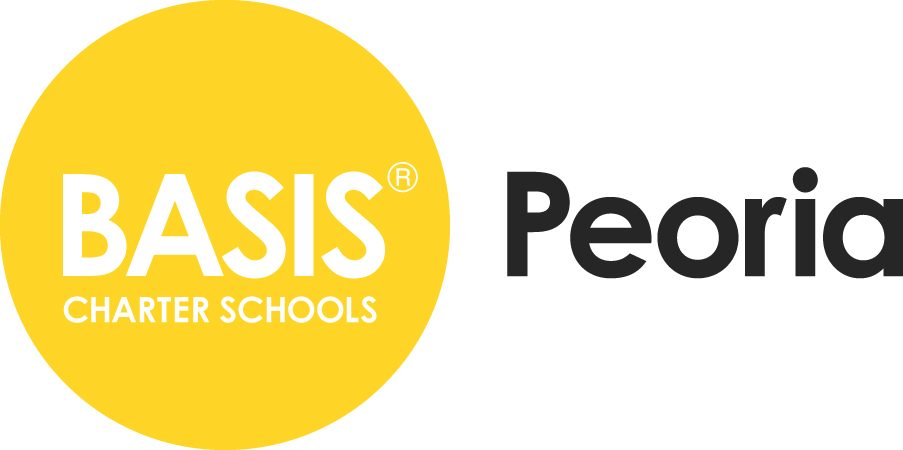Week 8: A Move Almost as Bad as Trading for Beal
Aryan R -
Introduction
To the immensely dedicated readers of this blog-so enraptured by the rhetoric that flows across your screen every Saturday, waiting with bated breath for the next release-you undoubtedly remember the humorous offhand comment I made in Week 7, implying that there was no way anything could go catastrophically wrong. Well, that tiny joke almost flamed into an inferno uncontainable by even the holiest of water, but thankfully didn’t thanks to my scraping through internet forums and discussions older than me.
The Deets
Essentially, I needed to replicate what I had done up until Week 7 to produce the band structure and the pdos of Sm3Ru4Sn11Ge2. However, what I failed to realize was that substituting 2 tins with 2 germaniums had very dire, far reaching implications. The shift transformed the ordinary unit cell of the material into one of a supercell, a structure too large and complex for DFT calculations to simulate using the methods I had so far. Since I personally do not generate the GDP of an entire nation, I had to look for compromises and came across Virtual Crystal Approximation (VCA). This method offered me a way to approximate the supercell as a unit cell, allowing me to conduct me previous calculations.
The Process
VCA involves combining the Sn and Ge atoms into one functional atom by combining their pseudopotentials in order to generate a new pseudopotential. After scavenging through old forums to guide me through this process, I created a new SnGe pseudopotential file using the virtual_v2.x command in Quantum Espresso. The command combines the pseudopotentials of Sn and Ge to a proportion x that I specify. In Sn3Ru4Sn11Ge2, I use x = 0.15 as 2/13 = ~0.15.
Simple pseudopotentials of the same specifications work best together to create a complete averaged pseudopotential. PAW files (the new fancy tech that everyone is using) are not supported by virtual_v2.x, so legacy Quantum Espresso files had to be used. They come in the format “pz-n-nc.UPF”, which is the simplest type available. The “nc” represents norm-conserving, an alternative to PAW types which focus on computational efficiency. The SnGe pseudopotential replaces Sn’s pseudopotential file, with the rest of the methodology being identical to Sn3Ru4Sn13.
Results
And here it is!!!
…
It’s not here? Well dear readers, you must wait another excruciating week to see the band structure file I produced. I spent too much time on VCA for it simply to be one blog post 😎 .
As always, thanks for reading and till next time!!

Comments:
All viewpoints are welcome but profane, threatening, disrespectful, or harassing comments will not be tolerated and are subject to moderation up to, and including, full deletion.